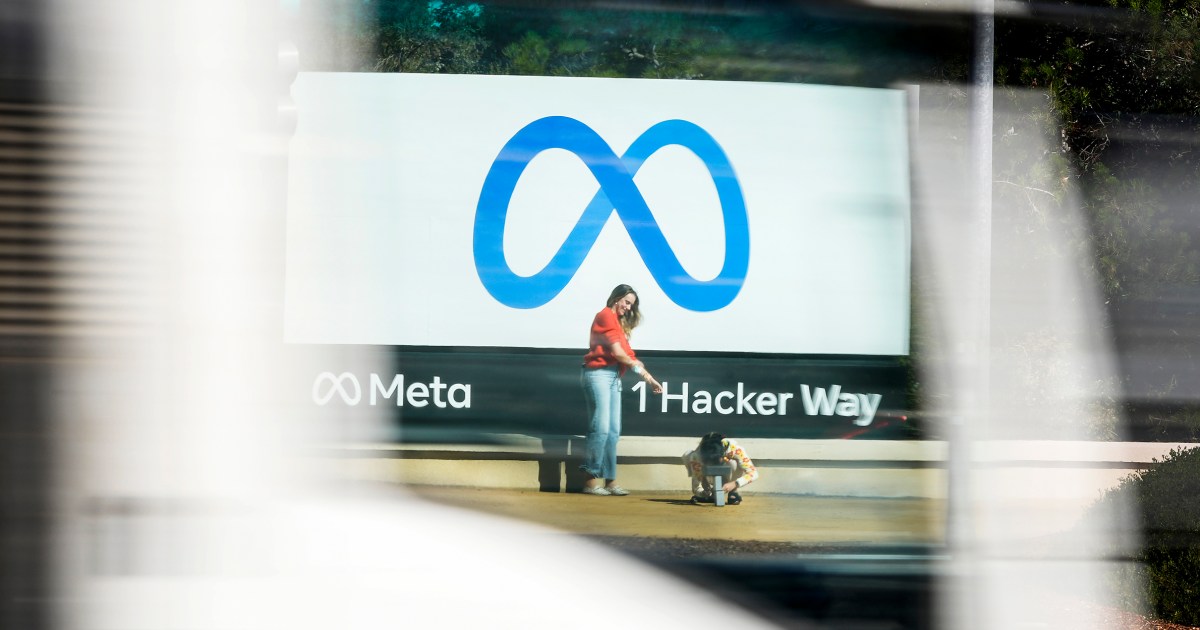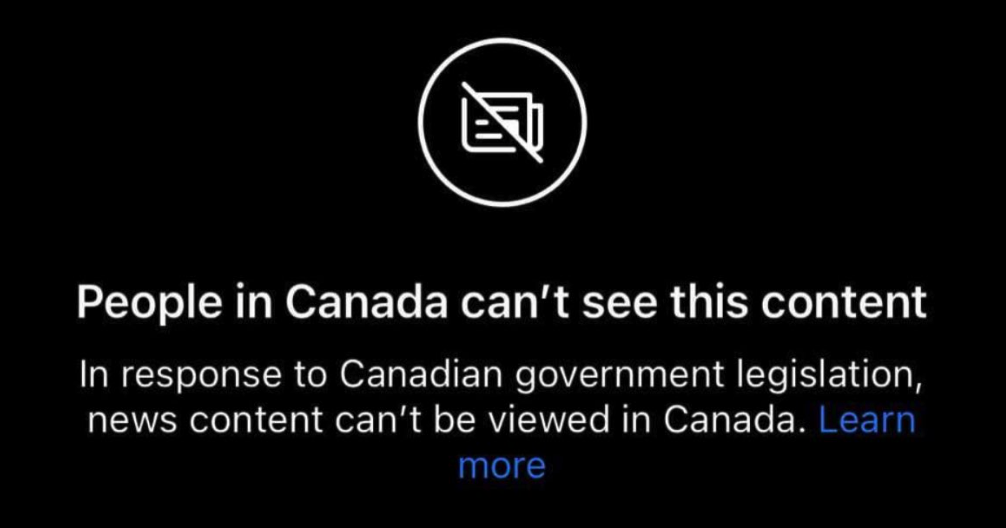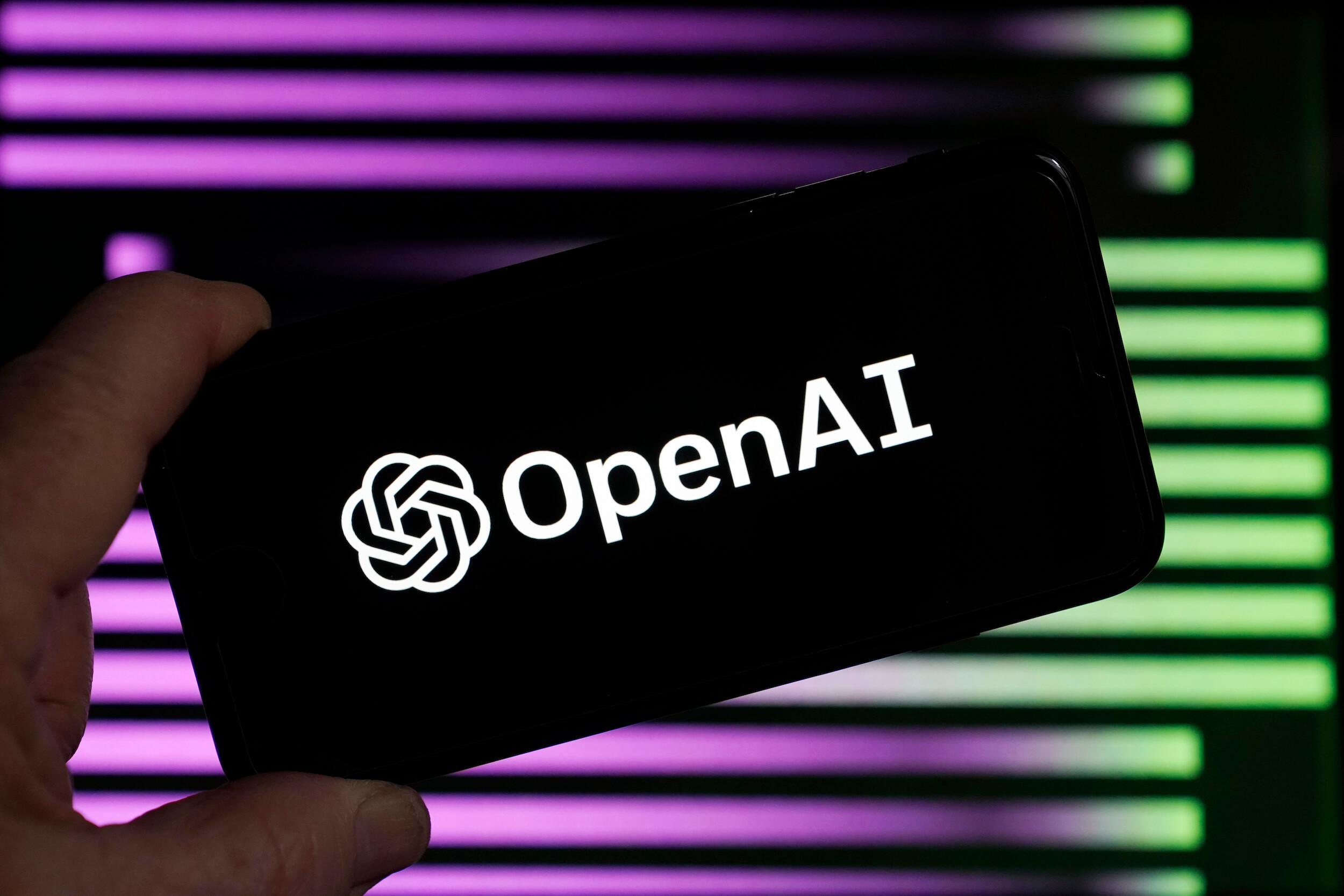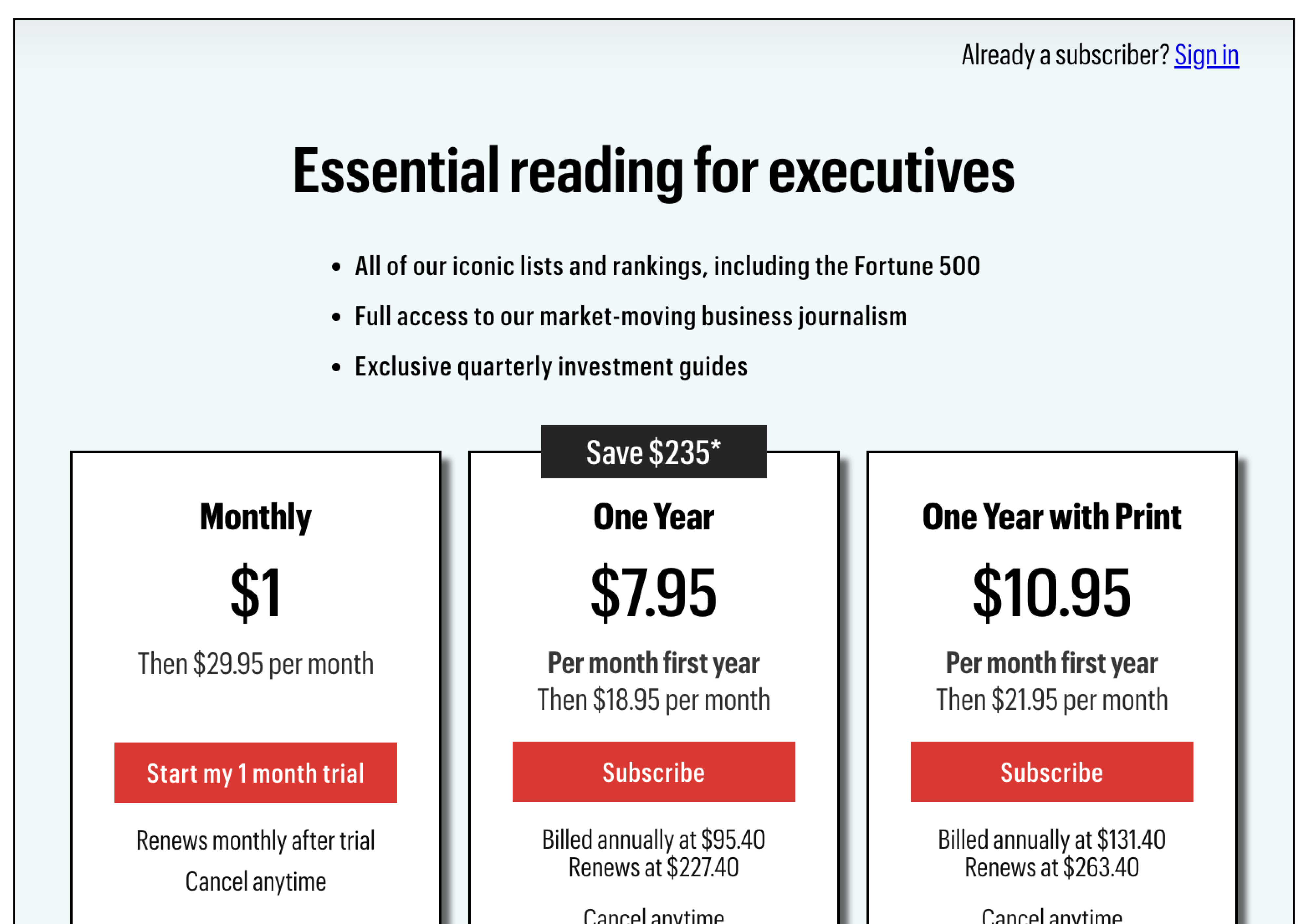- Digital Media Products, Strategy and Innovation by Kevin Anderson
- Posts
- How media can manage the social media meltdown driven 'crisis of discovery'
How media can manage the social media meltdown driven 'crisis of discovery'
How to leverage AI to free up journalists to do more reporting
It was a busy week so this is a rare weekend edition of the newsletter, but that gives me a little more time to think and share a few things a bit farther afield but still relevant to media. It seems like a lifetime ago that I met Robin Sloan at Poynter. It was right before I moved to the UK the first time in 2005, and he and Matt Thompson created Epic 2014, a rather dystopian vision of the media future that actually hasn’t come to pass, at least in the same way. They predicted that the New York Times would go offline and Google and Amazon would merge. Interestingly, Matt now works as an editor at the New York Times.
Robin, like Matt, has continued to do interesting things, and in his most recent newsletter, he described what he called as a “crisis of discovery”, which is to say that many of the tools that media and publishers had come to rely to connect their content with audiences have been wilfully degraded. Facebook has engaged in a public divorce with journalism, and Elon Musk’s Twitter lurches daily from one drama to the next with no particular direction apart from vague but unrealised vision to become a Chinese-style super-app. And the fear that AI will completely remake search into an information-hoovering destination instead of a referral are rampant. Search and social have been the pillars of content discovery.
However, in some ways, Robin’s newsletter is an example of one of the new discovery channels that have developed. Yes, newsletters have become a valuable discovery tool for me. His newsletter highlighted a number of really interesting things, and I found out about his newsletter through another channel where I find interesting things and mine for knowledge - Slack. I was recently invited to publishing-focused Slack, which has become a much more interesting space than I had expected.
I will leave you with this important and choice quote from Robin about how to respond to all of this disruption:
The strategy is the same as it always was: cultivate small, sturdy networks of affinity and interest. Connect them to each other. Keep them lit.
And this underlines the crisis of discovery when Google and Meta can cut off links to publishers because they don’t like the regulatory changes made by a government in the public interest.
Meanwhile, the response to the Canadian bill that has led to the blocking by platforms has been varied with broadcasters and most publishers blasting the move but others saying that the regulation is harming journalism and local communities’ access to information.
Niche business publishing is having quite a good run as opposed to consumer publishing, and one of the reasons is the number of revenue streams that can be attached to it. What’s New in Publishing, soon to be rebranded as Mx3, highlight how medical publisher Karger has expanded into new markets and developed new products including online courses, communications and awards. Being in the lucrative medical field gives them certain advantages, but the diverse revenue model is something that has become quite standard operating procedure.
While there is a lot of anxiety on the editorial side of publishing about artificial intelligence, there has been wider adoption on the commercial side of the business. AI for commercial teams includes driving a lot of process efficiencies. In a lot of ways, it can be a good template for the editorial side of the business as well. AI can reduce a lot of repetitive drudgery.
Poynter has some excellent examples of how local news outlets in the US are using AI to ensure that reporters have more time for original reporting. AI cannot do reporting, and by leveraging what it can to do add value for local audiences, it is smart.
A good summary of a podcast episode with Fortune Chief Customer Officer Selma Stern that highlights how publishers are adapting to the challenges in media right now. I like the clear-eyed case made for diversity. It brings in different points of view and can help curb the impulse to group think. Bridge roles are also important in helping to make sure that different parts of an editorial business are in alignment with their goals. I led an initiative in my last job to refine our digital processes because it was clear that they overlapped in ways that our traditional organisation didn’t support. I especially like the part about metrics. I am in full agreement with Stern about the need to rethink metrics. There are too many publishers who still focus on reach to the exclusion of content performance metrics that drive engagement and revenue. It’s a good read and listen.
Last but not least, we have some research from UK media regulator Ofcom about the most popular types of content on social media. News comes in second. It came second only to ‘how-to’ videos on social media video platforms. Interesting read.







